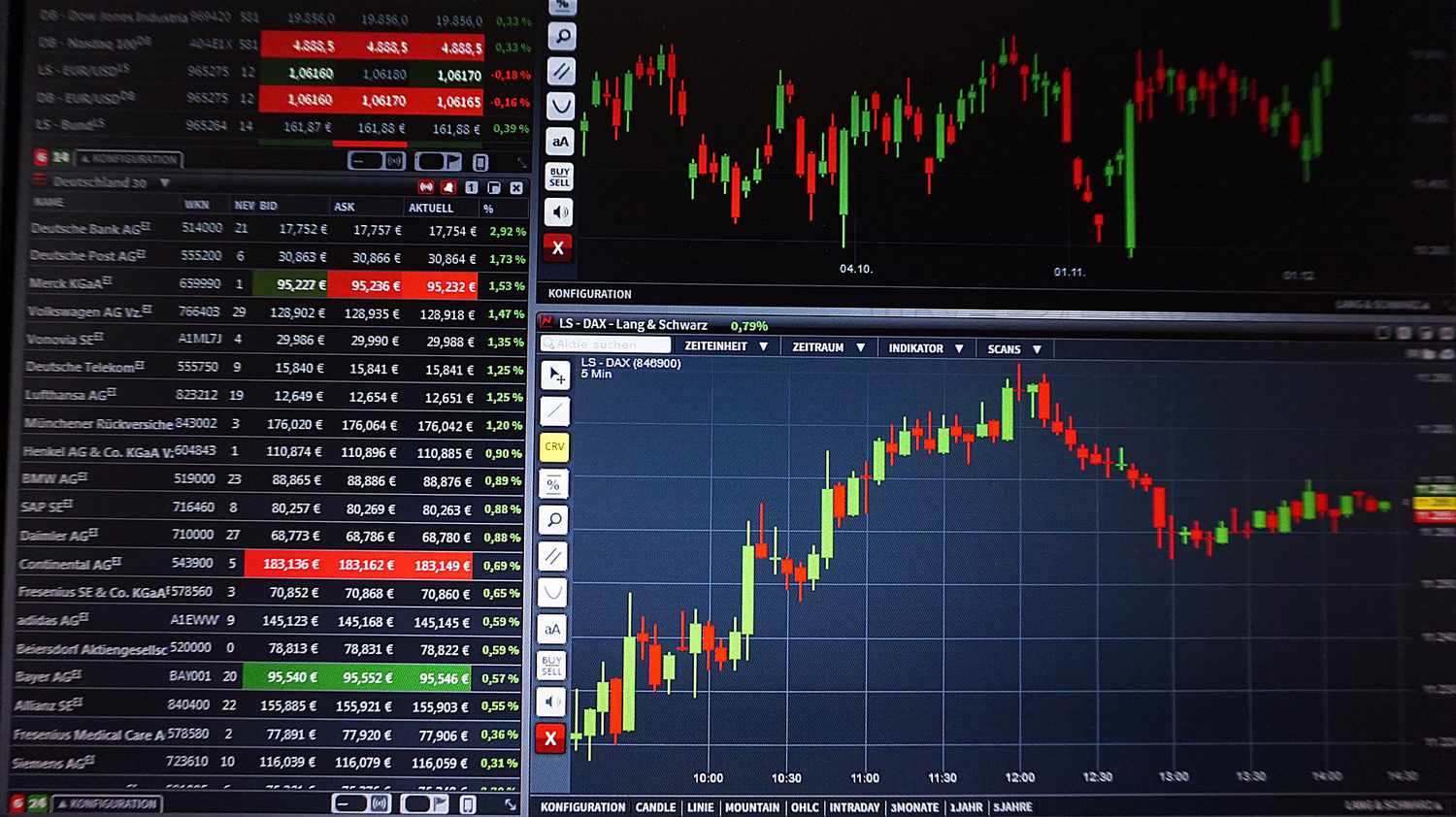Indonesia’s forex market presents a dynamic and intricate environment, shaped by various factors that influence the direction of the rupiah, the nation’s currency. Gaining a deep understanding of these influences is essential for anyone involved in forex trading, whether a seasoned trader or a newcomer to this vibrant field. This article explores the primary drivers behind Indonesia’s currency dynamics, providing valuable insights to help traders make informed decisions.
The dynamic relationship that exists between domestic economic indicators and changes in global market trends is of utmost importance in Indonesian currency trading. The rupiah is especially sensitive to changes in the state of Indonesia’s economy, which includes the rates of growth of the gross domestic product (GDP), inflation, and unemployment data. By way of illustration, solid economic growth has the potential to bolster the rupiah by attracting foreign investment, which in turn leads to an increase in requirement for the currency. On the other hand, if inflation increases without a matching increase in interest rates, the rupiah may depreciate as a result of a fall in purchasing power and investors looking for possibilities elsewhere that are more stable.
The role of Indonesia as a major exporter of commodities such as palm oil, coal, and natural gas is another crucial aspect that has an effect on the rupiah. When it comes to the prices of key goods on both domestic and international markets, the value of the rupiah is strongly connected to those prices. There is a correlation between rising commodity prices and an improvement in Indonesia’s trade balance, which can be beneficial to the rupiah. On the other hand, a decline in the supply and demand of commodities around the world can make the trade balance worse, which in turn puts downward pressure on the currency. This commodity sensitivity is something that forex traders need to keep a careful eye on since it can cause fast shifts in the tactics that they use to trade currencies.
Governmental and central bank policies also play crucial roles in shaping forex market trends in Indonesia. Fiscal and monetary policies, including interest rate adjustments, changes in government spending, and interventions by Bank Indonesia, the country’s central bank, significantly impact the rupiah’s movement. For example, if Bank Indonesia raises interest rates, the rupiah might strengthen as higher rates offer better returns on investments denominated in the local currency.
Additionally, Indonesia’s political landscape can influence investor sentiment and affect forex trading. Political stability typically encourages investment and strengthens the currency, while uncertainty or turmoil can lead investors to withdraw, weakening the rupiah. Savvy traders keep a close watch on political developments, ready to adjust their strategies to account for emerging risks and opportunities.
Global economic trends and geopolitical events also shape currency trading patterns, not only in Indonesia but worldwide. Events such as changes in oil prices, economic sanctions, trade wars, and international disputes can cause significant volatility in global forex markets. These events often lead to a flight to safety, with traders moving their investments to more stable currencies, impacting emerging market currencies like the rupiah. Traders who can anticipate and respond to these global shifts are better positioned to capitalize on them effectively.
In conclusion, the dynamics of Indonesia’s forex market are influenced by a complex web of factors that require careful analysis and strategic foresight to navigate successfully. By understanding the impact of economic indicators, commodity prices, central bank policies, political stability, and global events, traders can develop more nuanced and effective currency trading strategies. Staying informed about these factors, continually learning, and adapting to new information are essential practices for anyone looking to thrive in the fast-paced world of forex trading in Indonesia.





